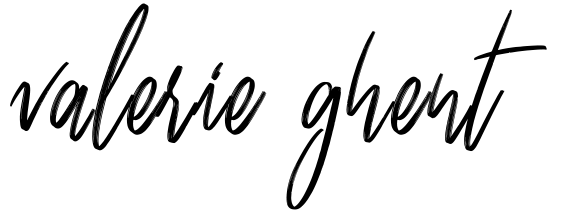On August 25, 2013, I attended an all-day FEMA Think Tank on “Innovating in Disasters” at The White House Eisenhower Building in Washington, DC. With a room filled with 80+ creative people from the worlds of business, tech, the creative arts, philanthropy, state and city emergency services and led by FEMA and the White House, the energy and enthusiasm were palpable.
The meeting began with words from Richard Serino, FEMA Deputy Administrator, who asked everyone to “Think about a disaster you’ve been involved in & the impact that it had on you.” To look at disaster through the eyes of the survivors. To be survivor-centric.
We also heard from Todd Park, Chief Technical Officer from the White House and advisor to President Obama who encouraged, “We will save lives by today and help the world recover faster & better.”
After several inspiring presentations and brief talks, we began brainstorming. Pointing out that great ideas often begin on napkins, White House napkins were provided for us to jot down our ‘brainstorms’.
Of these initial ideas – of which there were dozens, many with considerable overlap between the groups – 10 ideas were voted on to be explored in greater detail.
One of the ten ideas proposed by three different groups was on the role of music and the arts in disaster recovery. Another idea proposed ‘reframing’ entirely the word ‘disaster’ and make preparedness ‘cool’ or, as was later described, “make survival sexy”. There were ideas for apps and website technology to better identify and connect resources with needs. And for a ‘Kids Disaster Network’, where kids can learn more about being prepared. An idea for a human powered generator was a highlight of the presentations as was another for crowd-funding. The ideas went on and on!
As a musician, and with my experience in the efficacy of music/art in disaster recovery after 9/11 (more about our work at feelthemusic.org), I was drawn to exploring the role of music and the arts in disaster recovery in general. After much discussion, our table came up with the question:
“How might we use music and the arts to empower communities, promote healing and build and maintain resiliency?”
There were many wonderful ideas, each of us drew involved ‘prototypes’ and discussed them in depth.
As the presentations began, there was loud applause and hoots and hollers – especially with the demonstration of the human powered generator.
It was a strong beginning! The FEMA Think Tank is ongoing, and we will meet again in November. It is truly an honor to be included in this work. Our grateful thanks to the Innovation Team who made such an incredible day possible:






